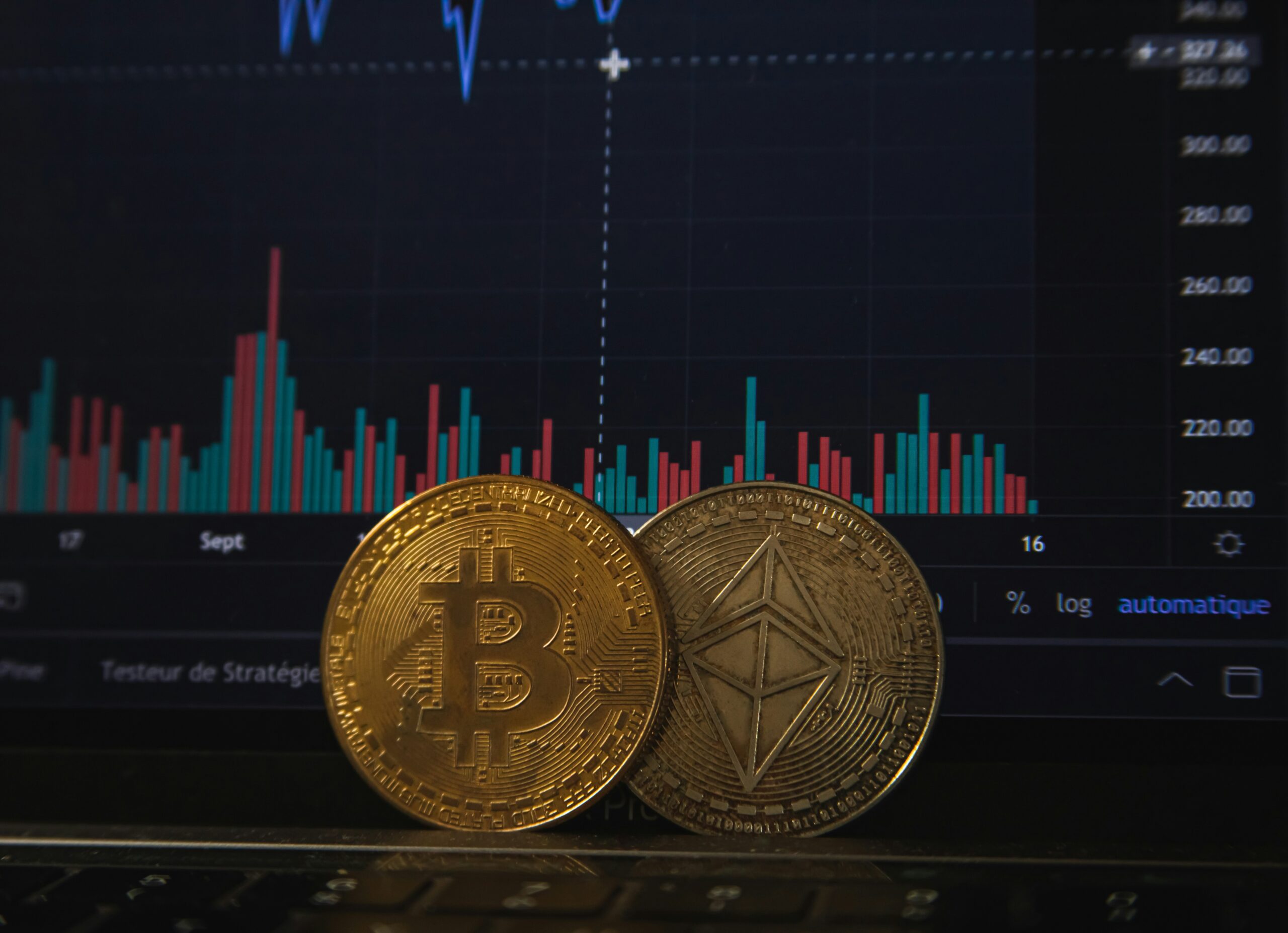The Power of Blockchain in Research and Development Fundraising
Blockchain technology has revolutionized various industries, and one area where its potential is being harnessed is in fundraising for research and development projects. With its decentralized and transparent nature, blockchain offers a range of benefits that can significantly enhance the process of raising funds for scientific research and development. In this article, we will explore how blockchain can help in raising funds specifically for research and development.
Transparency and Trust
One of the key advantages of blockchain technology is its ability to provide transparency and trust in fundraising efforts. Traditional fundraising methods often lack transparency, making it difficult for donors to track how their contributions are being utilized. With blockchain, every transaction is recorded on a public ledger, ensuring transparency and accountability. Donors can have complete visibility into how their funds are being used, which enhances trust and encourages more contributions.
Moreover, blockchain eliminates the need for intermediaries in the fundraising process. By removing intermediaries, such as banks or crowdfunding platforms, blockchain enables direct peer-to-peer transactions. This not only reduces costs but also minimizes the chances of fraud or misappropriation of funds, as every transaction is validated and recorded on the blockchain.
Smart Contracts and Automation
Another powerful feature of blockchain technology is the use of smart contracts. Smart contracts are self-executing contracts with the terms of the agreement directly written into code. These contracts automatically execute when predefined conditions are met, eliminating the need for intermediaries and reducing the administrative burden.
In the context of research and development fundraising, smart contracts can be used to automate the distribution of funds. For example, a smart contract can be programmed to release funds to a project once certain milestones or research objectives are achieved. This ensures that funds are allocated efficiently and that donors have confidence in the progress of the project.
Global Reach and Accessibility
Blockchain technology has the potential to connect researchers and donors from around the world, enabling global collaboration and access to funding. Traditional fundraising methods often have geographical limitations, making it challenging for researchers to reach a wider audience of potential donors.
With blockchain, researchers can create tokens or digital assets that represent their projects. These tokens can be easily traded and exchanged on blockchain platforms, allowing researchers to tap into a global pool of investors and donors. This opens up new avenues for fundraising and increases the chances of securing the necessary funding for research and development.
Tokenization and Crowdfunding
Blockchain technology also enables tokenization, which can revolutionize the way research and development projects are funded. Tokenization involves converting real-world assets, such as research projects or intellectual property, into digital tokens that can be bought, sold, or traded.
By tokenizing research and development projects, researchers can create crowdfunding campaigns where individuals can contribute funds in exchange for tokens representing a stake in the project’s success. This not only provides researchers with the necessary funds but also creates a community of supporters who are financially invested in the project’s outcome.
Furthermore, tokenization allows for fractional ownership, meaning that individuals can invest in a project with smaller amounts of money. This democratizes the fundraising process, making it accessible to a wider range of individuals who may not have the resources to contribute large sums of money.
Conclusion
Blockchain technology has the potential to revolutionize fundraising for research and development projects. Its transparency, trust, automation, global reach, and tokenization capabilities offer numerous advantages that can significantly enhance the fundraising process. By leveraging blockchain, researchers and scientists can tap into a global network of donors and investors, ensuring the necessary funds are available to drive scientific progress and innovation.
As blockchain continues to evolve and gain mainstream adoption, it is clear that its impact on research and development fundraising will only grow stronger. By embracing this technology, we can unlock new possibilities and accelerate scientific breakthroughs for the benefit of society as a whole.
